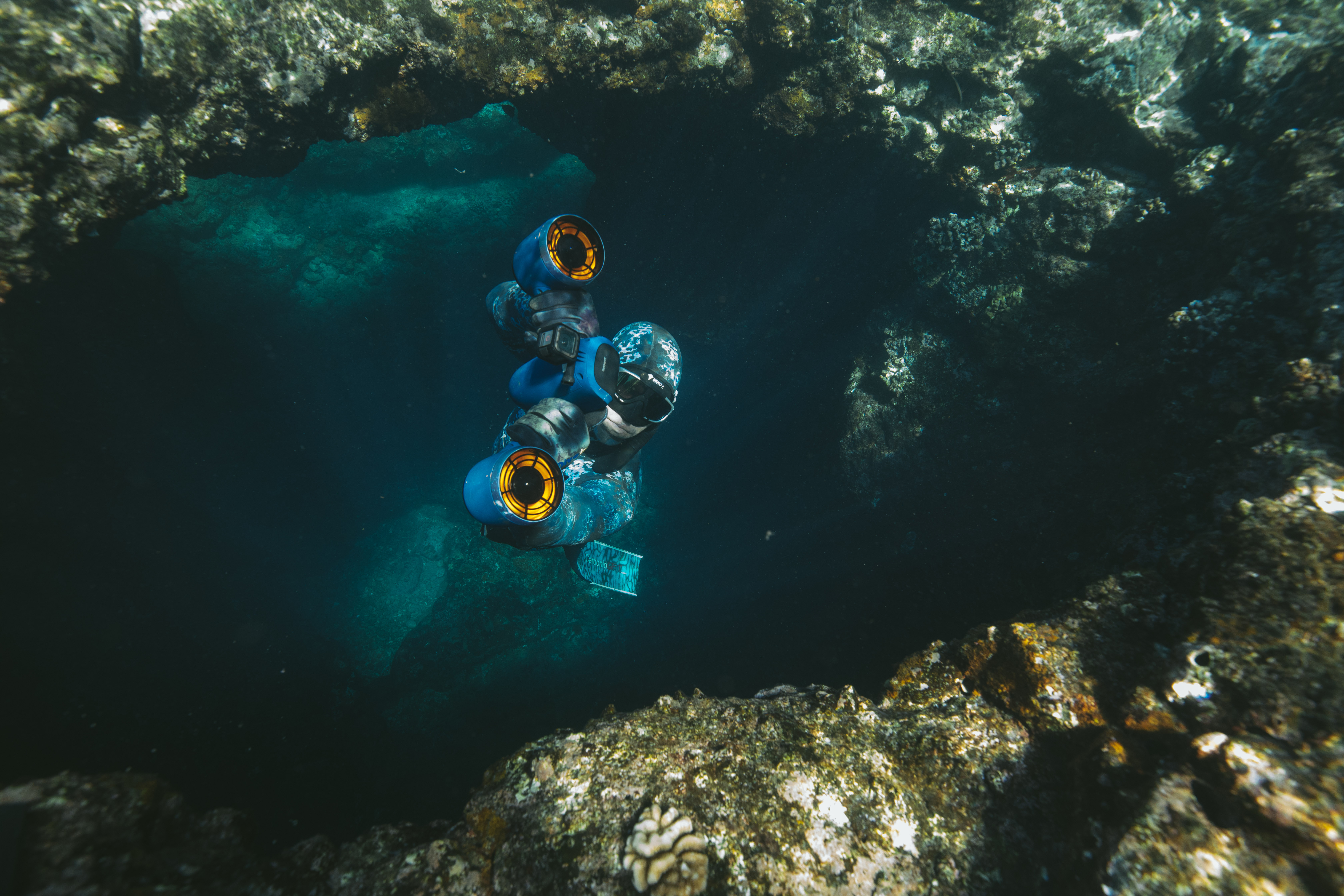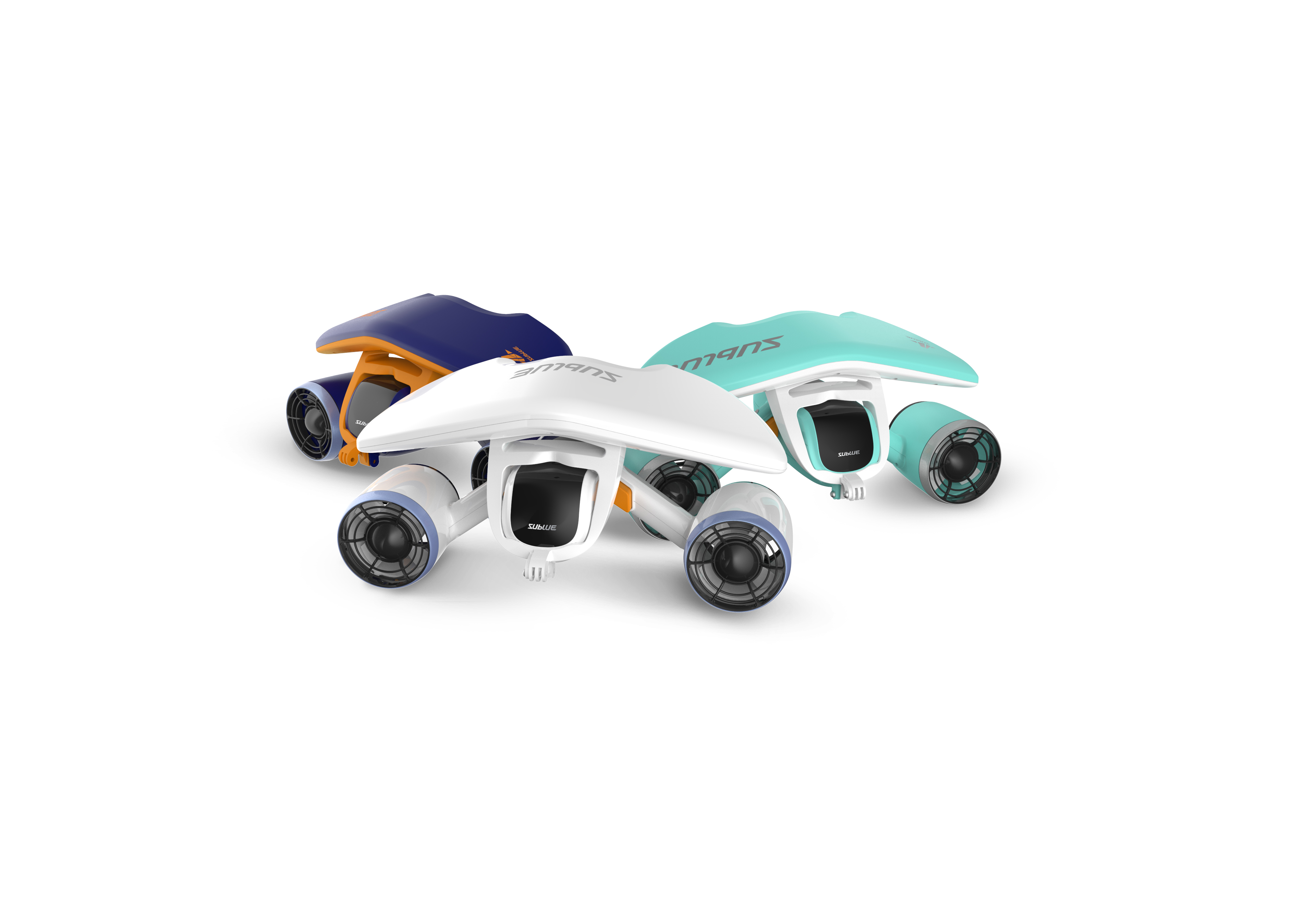
When it comes to selecting an underwater scooter, also known as a diver propulsion vehicle (DPV), making an informed decision requires careful consideration of several key factors. This guide is designed to help you navigate the options and choose a scooter that best suits your needs, whether you’re a recreational snorkeler, a professional diver, or someone interested in underwater exploration.
The first step in choosing an underwater scooter is to clearly define what you need it for. Are you a casual user looking to enhance your snorkeling experience, or are you a seasoned diver needing a robust tool for deep-sea exploration? Understanding your primary use will help narrow down the options.
For instance, casual users may prioritize ease of use, portability, and affordability. In contrast, professional divers might focus on factors like maximum depth, battery life, and thrust power, which are critical for safe and effective deep-water operations.
Performance is a crucial aspect to consider. Here are some of the key specifications you should evaluate:
Thrust Power: Measured in kilograms (kg) or Newtons (N), thrust power indicates how much force the scooter can exert to propel you through the water. For recreational use, a thrust of around 8-10 kg might suffice, while professional applications might require upwards of 15 kg.
Speed: Underwater scooters typically offer variable speed settings. Look for models that provide at least two or three-speed options, with maximum speeds ranging from 4 km/h to 10 km/h. This flexibility allows you to conserve battery during leisurely exploration or push the scooter to higher speeds when needed.
Battery Life and Charge Time: Battery life can vary significantly between models, with some offering up to 90 minutes of continuous use on a single charge. Consider scooters with a battery life that matches your planned use duration. Fast charging options are also beneficial, especially if you plan on multiple dives in one day.
Maximum Depth: Ensure the scooter’s maximum operating depth exceeds the deepest you plan to dive. Recreational models often support depths up to 40 meters, while professional-grade scooters can operate at depths exceeding 100 meters.

Weight is an important consideration, especially if you travel frequently or need to carry the scooter to different dive sites. Most underwater scooters weigh between 5 to 15 kg. Lighter models are easier to handle and transport, but they may compromise on battery life or power. Heavier models, while more cumbersome, often provide superior performance and longer runtimes.
Safety should always be a priority. Look for features like automatic shutoff when released, buoyancy control to prevent sinking, and depth alarms that alert you when approaching your set limits. These features can significantly reduce risks, especially for less experienced users.

The build quality of an underwater scooter affects its longevity and performance. Opt for models made from corrosion-resistant materials, as exposure to saltwater can quickly degrade lower-quality components. Waterproof seals and a sturdy outer shell are also important for protecting internal electronics.
Modern underwater scooters often come equipped with smart features like GPS, depth tracking, and app connectivity. These features can enhance your underwater experience by providing real-time data on your location, speed, and battery status, helping you plan your dives more effectively.
Underwater scooters range in price from a few hundred to several thousand dollars. While it’s important to find a model within your budget, it’s equally important to consider the value it offers. Cheaper models may save money upfront but could lack the durability or performance needed for more demanding activities. Investing in a reliable, well-reviewed scooter can provide better value over time.

Finally, consult professional reviews and user feedback to gain insights into the real-world performance of the scooters you’re considering. Look for reviews that highlight both strengths and weaknesses, as these can provide a balanced view and help you avoid potential pitfalls.
Choosing the right underwater scooter requires a balance of understanding your needs, evaluating performance specifications, and considering practical factors like weight, safety features, and price. By carefully assessing these elements and relying on objective data and expert reviews, you can select a scooter that enhances your underwater adventures, providing both enjoyment and safety.
